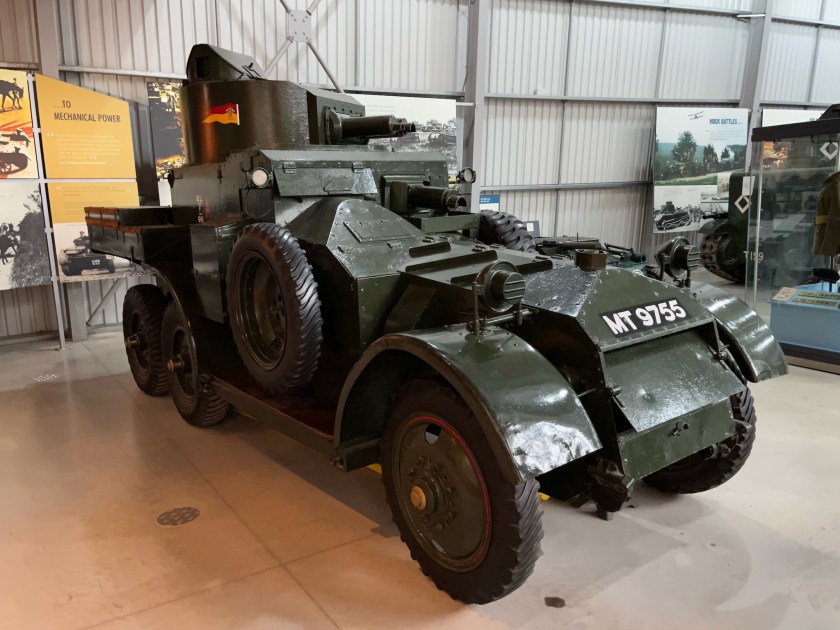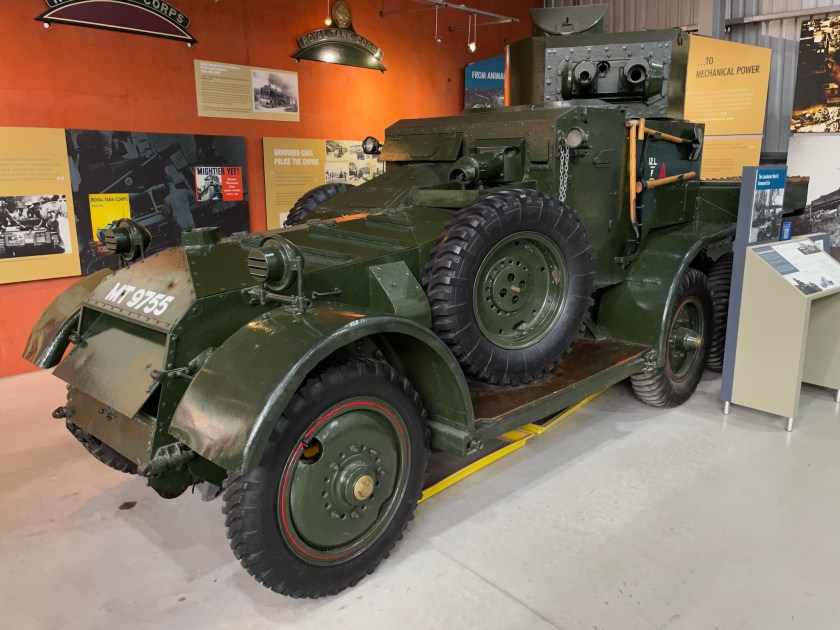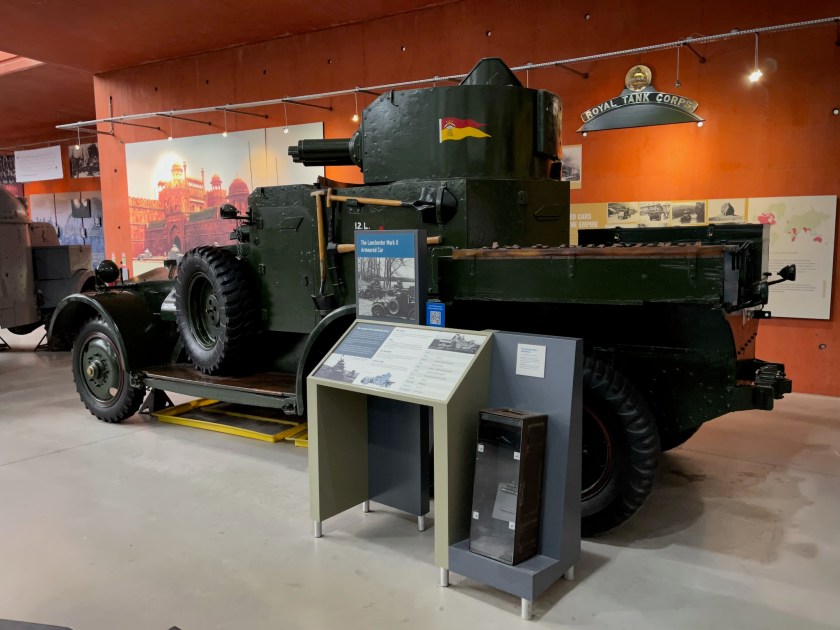The Mark IV was a British tank of the First World War. Introduced in 1917, it benefited from significant developments of the Mark I tank (the intervening designs being small batches used for training). The main improvements were in armour, the re-siting of the fuel tank and ease of transport. A total of 1,220 Mk IV were built: 420 “Males”, 595 “Females” and 205 Tank Tenders (unarmed vehicles used to carry supplies), which made it the most numerous British tank of the war.
The “Male” tanks were armed with three machine guns and two 6-pdrs. Whilst the “Female” tanks had Five .303 Lewis machine guns.
This Mark IV Tank, Lodestar III, was on display at the Musée royal de l’armée et de l’histoire militaire or Royal Museum of the Armed Forces and Military History in Brussels.

The Mark IV Tank Lodestar III, serial number 4093, was manufactured by Sir W.G. Armstrong Whitworth & Co. LTD in Newcastle upon Tyne. It was part of a 100-tank order (serial numbers 4001-4100) and joined the 12th Tank Battalion in early September 1918. This battalion was one of only two tank corps that continued to use Mark IV tanks during the final months of World War I.

Combat History and Challenges
The 12th Tank Battalion first saw action in January 1918 and played a significant role in the “Hundred Days Offensive” at the end of the war. Tracing the history of individual tanks like the Lodestar III is challenging because battle reports rarely mentioned specific vehicles. Additionally, the battalion frequently rotated its tanks, often receiving older Mark IV models after returning their vehicles or being reassigned. For instance, a crew assigned to Lodestar I (serial number 8081) in August 1918 might have later operated Lodestar III if their original tank was lost in battle or suffered mechanical issues.

Evidence of Operational Use
Several factors confirm the Lodestar III’s active service in World War I. The 12th Tank Battalion was almost continuously engaged in combat between August and October 1918. Given that the unit had only a few operational vehicles by the war’s end, it’s highly probable that every deployable tank, including the Lodestar III, was put into action.
Physical evidence on the tank itself supports this:
-
- It’s equipped with an original unditching beam, used to free the tank from mud.
- There are traces of a fascine, which was used to fill trenches and rivers for crossing.
- The tank bears numerous bullet and shrapnel impacts, indicating its presence in battle.
Notably, the Lodestar III is the only Mark IV tank in the world that still retains its authentic 1918 colours and markings.

The Mark IV tank was first used in mid 1917 at the Battle of Messines Ridge. It remained in British service until the end of the war, and a small number served briefly with other combatants afterwards.
I have been working on a metal 15mm Mark IV Tank for use with the Home Guard. Though I do really like the Flames of War Great War models, which have a lot more detail.
I also have a Bolt Action 28mm Mark IV Tank on the workbench.
I also have a gallery of Mark IV tanks from a wonderful 28mm demonstration game at GamesDay 2007.
































